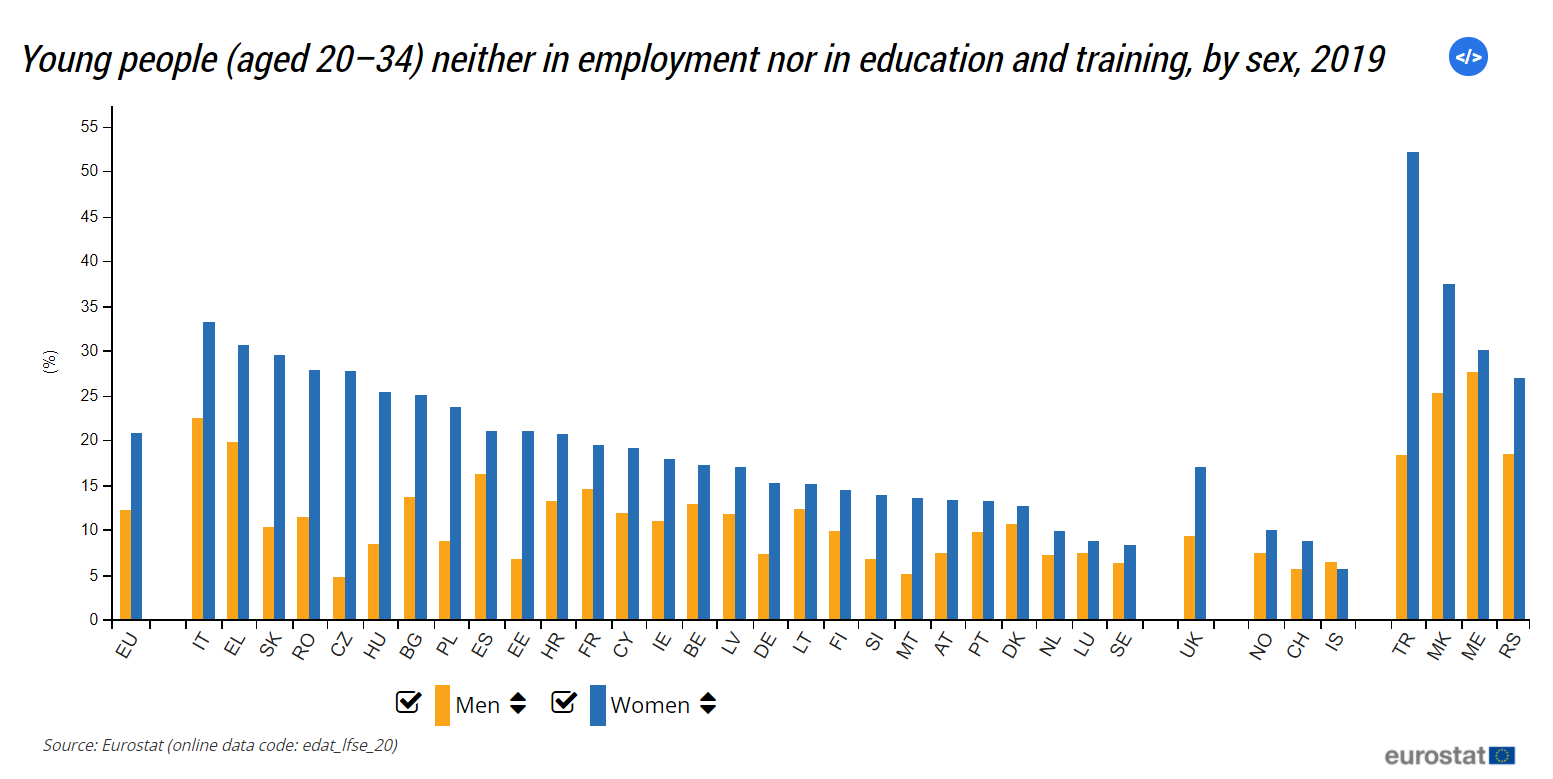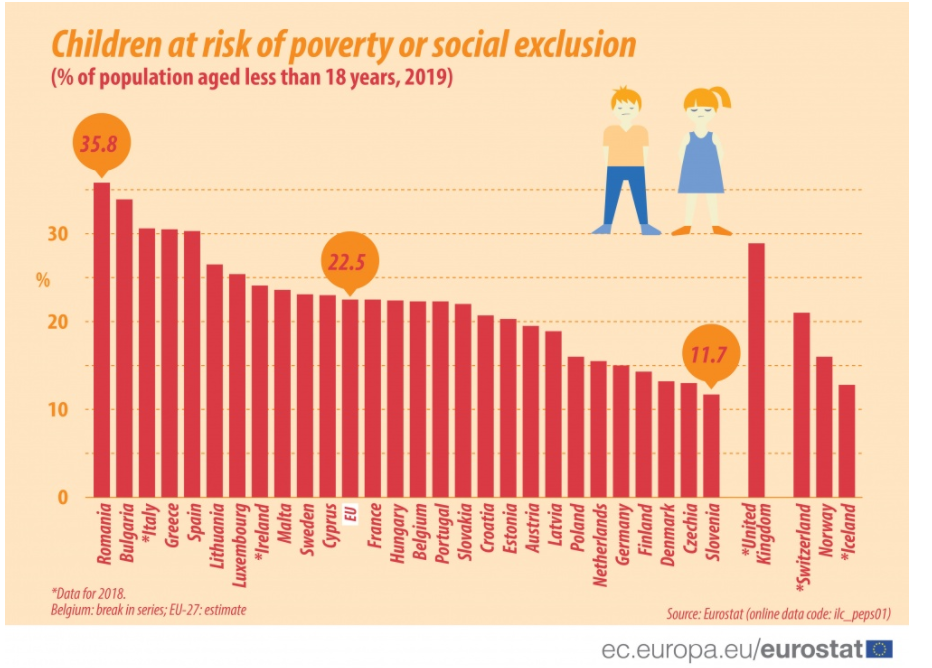A Specific Objective (viiia) on Promoting socioeconomic integration of marginalised communities such as the Roma has been approved, allowing for specific fund allocation to promote employment, housing, education and fight against discrimination.
The political agreement reached by Parliament and Member States a few days ago allows to deliver the 88 billion budget (in 2018 prices) for the 2021-2027 period. The ESF+ budget will address key social inclusion areas such as youth employment, fight against child poverty and development of capacities for digital and green transition. The new ESF+ Regulation is expected by June 2021.
The European Commission recommended European Parliament and Member States to allocate specific percentages to address social priorities such as:
- Funds specifically allocated to social inclusion must reach at least 25% of total resources, intensifying the social dimension of ESF+ and compelling Member States to address vulnerability.
- A Specific Objective will focus on Roma inclusion, allowing Member States long-term programming and targeted measures on access to health, housing, education, employment and social services for Roma population, as well as specific measures on fighting against discrimination and anti-gypsyism.
- 12.5 % of ESF+ resources must address youth employment measures, education and training focusing on reducing the NEETs (Not in Employment, Education nor Training) rate in those countries above the European average rate. According to Eurostat, the current average NEET rate in the EU reaches 12.2% for men and doubles when referred to women up to 20.8%.
- At least 5% of ESF+ budget should be devoted to measures for child poverty reduction. Countries that reach a child poverty rate over 22.5%, which is the average of the European Union must comply addressing 5% of their ESF+ budget. Eleven countries are over the 22.5 % of their under 18 years population at risk of poverty or social exclusion, with 5 countries over 30%: Romania, Bulgaria, Italy, Greece and Spain.
- Furthermore, 3% of the total budget should be allocated to the FEAD (Fund for European Aid to the Most Deprived) through basic material assistance and food to address severe deprivation.
Following recommendations and guidelines for Roma inclusion, Member States can coordinate and complement several funds, such as ESF+ and ERDF through its’ Political Objective 4: increasing the socioeconomic integration of marginalised communities, migrants and disadvantaged groups, through integrated measures including housing and social services.
Complementarity of Funds allows long-term programming and both targeted and mainstreamed measures, aligned with National Strategy Policy Frameworks (NSPF) Roma Equality and Inclusion.
Following the European Strategic Framework for Roma equality, inclusion and participation 2020-2030, Member States should send to the European Commission their NSPFs by September 2021.
Additionally, through Next Generation EU, two instruments are available for Member States: the Recovery and Resilience Facility (RRF) and REACT EU, specifically designed to reduce the impact of COVID crisis throughout the EU. The RRF is intended to reinforce the green and digital transition of Member States, giving priority to green investments, zero emissions policies and digitalization, and it will need to be harmonized with social objectives addressing vulnerable population as stated in the European Pillar of Social Rights and ESF+ objectives.
REACT EU, on the other hand will complement ESI funds with additional resources specifically focused on reducing the impact of COVID crisis.
Therefore, the EC underlines the unprecedented economic stimulus for European Member States, and the opportunity through ESF+ to reinforce Social and Inclusive Europe. Through ESF+ funding very relevant measures for Roma population can be addressed such as: reducing early school linving and school segregation, improve employability and reducing the digital gap, promoting Roma equality among men and women and preventing and assiting victims to discrimination.
Further information
- European Commission Press Release on ESF+
- European Commission website on ESF+
- EURoma Snapshot: how ESI Funds are used to address the impact of COVID-19 crisis on Roma



